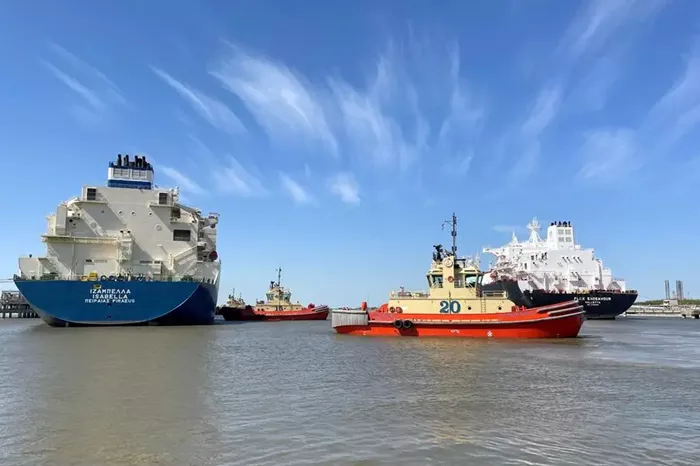Asia’s currently subdued demand for liquefied natural gas (LNG) is expected to strengthen significantly during the upcoming summer months, driven by forecasts of higher-than-average temperatures across North Asia.
Industry experts highlight that this uptick in Asian demand will support continued growth in U.S. LNG exports, which have already reached record levels.
Earlier this month, spot LNG prices for delivery into Northeast Asia dropped for the first time in five weeks due to weak demand and ample inventories. However, as temperatures rise during the peak summer season, gas demand for power generation—primarily to fuel air conditioning in Japan, South Korea, Taiwan, and Hong Kong—is expected to climb. Data from LSEG, cited by Maguire, projects average summer temperatures in these regions to be 5-6% above the long-term average through August.
Strong European demand earlier this year helped propel U.S. LNG exports upward. Moving beyond the low-demand spring period, both Europe and Asia are poised for increased LNG consumption throughout summer and into autumn. Europe, in particular, faces elevated needs as it replenishes gas storage sites that remain below the five-year average following an unusually cold winter.
This rising demand presents a favorable environment for U.S. LNG exporters, who are simultaneously expanding capacity with new export facilities.
The U.S. Energy Information Administration (EIA) forecasts that the Henry Hub spot price will average around $4.00 per million British thermal units (MMBtu) in 2025 and rise further to $4.90/MMBtu in 2026, compared to $2.20/MMBtu in 2024. The EIA attributes these higher prices to robust export growth outpacing domestic natural gas production, as outlined in its June Short-Term Energy Outlook (STEO).
Specifically, the EIA anticipates that combined U.S. domestic consumption and LNG exports will increase by nearly 4 billion cubic feet per day (Bcf/d) this year, while domestic dry natural gas production is projected to grow by less than 3 Bcf/d.


